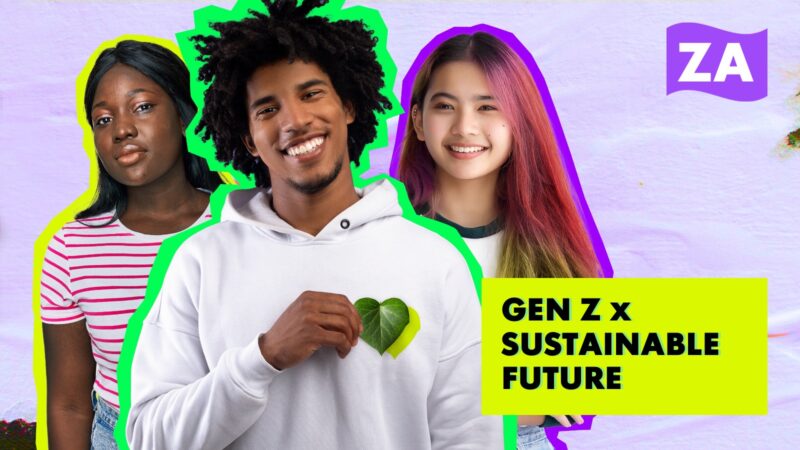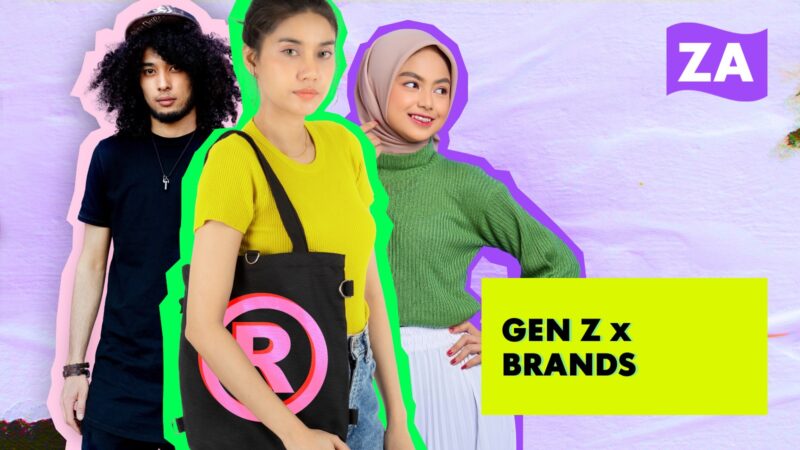How brands can engage NextGen consumers
Welcome to the dawn of a new generation of consumers. In today’s post-truth society, change comes rapidly and unexpectedly. The current young population (Generation Y – a stratum of what marketers, researchers and media typically refer to as Millennials – and Generation Z, Millennials’ natural successors) is the most diverse and best-educated generation ever. They have been shaped by technology and are true marketing game-changers.
And while these Millennials – we’ll call them NextGen – have started entering the job market in the last 10 years, they’re doing so now in increasing numbers. According to estimations, Millennials will constitute over 50% of the global workforce by 2020.
But their presence will not only mark the future workforce; the share-of-wallet of these “screenagers” grows with the year. Today’s younger generation have skills, preferences and attitudes that challenge not only existing business models but traditional marketing models as well.
Are brands ready for this? Not just for the potential culture shift they may experience (or need to facilitate) within their organization but prepared to engage with this next generation in a way that resonates with the consumer of tomorrow? As they increasingly become professionals and active consumers, it behooves brands to start interacting and co-creating with this generation today. But where to start?
Time is scarce
For NextGen time is scarce and valuable. According to our firm’s research, no less than 47% of Gen Z and 43% of Gen Y feel very, very busy, a feeling which is increased by screens. In the past we were constantly zapping and zipping. These days another screen has taken over from the TV screen: our mobile phone screen. In comparison with other generations, Millennials are multi-screening twice as often and for Gen Z this even goes up to 3.5 times as often.
A huge competitive advantage for companies lies in helping consumers save time. Research by Microsoft has shown that the average attention span has gone down from 12 to 8 seconds between 2000 and 2015. The younger generations are becoming more and more impatient and expect brands to be very flexible and to react continuously to changes.
Ditzo, a Dutch insurer, understood the rules of today’s attention economy and allows customers to send in their insurance claims via WhatsApp – quick, straightforward and without unnecessary fuss. Or beauty bloggers introducing “skipcare”: a simplified four- or five-step version replaces an extensive morning routine with dozens of makeup products. This trend finds its inspiration partially by the increased time pressure and partially by sustainability and health.
Here are five ways to ignite attention from NextGen:
Personalize (or rather, hyper-personalize)
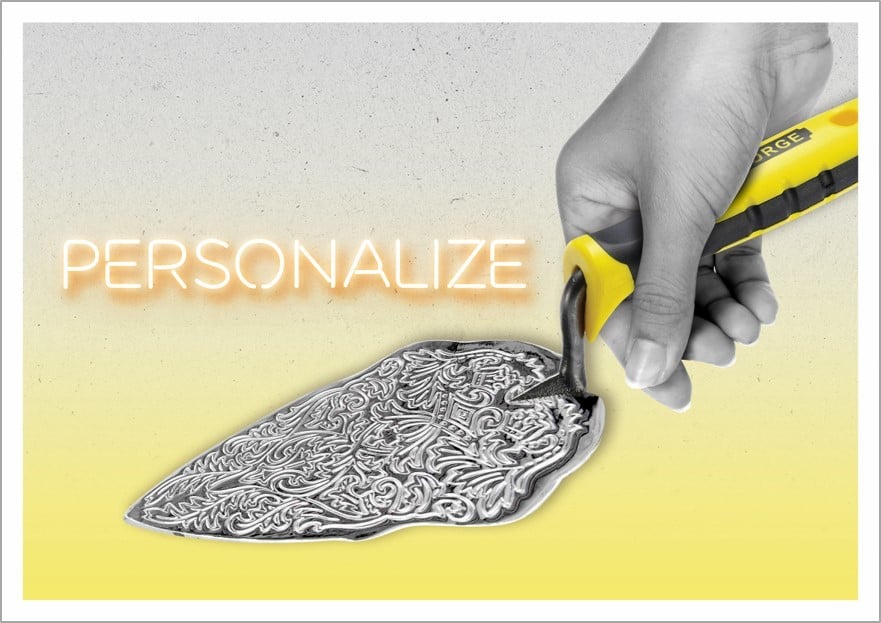
Marketers are all too familiar with the concept of personalizing a product or solution; Coca-Cola enjoyed massive success when it offered its consumers the opportunity to put their name on a Coke a few years ago. However, when it comes to the NextGen, that’s just scratching the surface of what one can do in terms of personalizing a product. A recent example would be the Bandersnatch episode of Netflix’s Black Mirror, which gives control of the story to the consumer. Levi’s also recently offered the personalized jeans capability in-store.
Essentially, this is customizing the products according to the needs of the consumer. NextGen expect products to be a copy of their own personal passions, their own interests, their own lifestyles, but they also expect they can influence how a brand evolves and have an impact on what a brand is doing.
Personalized products and hyper-targeted products are becoming increasingly more important. Also, NextGen have no compunction about paying a premium or sacrificing their privacy (sometimes even their literal DNA!) if it means they can acquire a product unique to them.
‘Add’vize
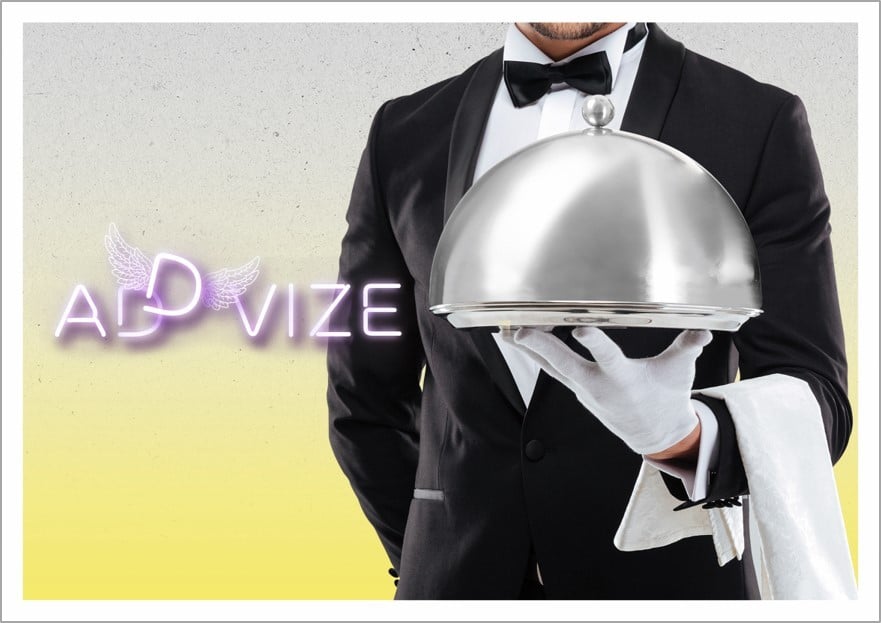
Barry Schwartz’ paradox of choice claims that too many choices lead to angst and paralysis for consumers. Stress of choice is one of the e-commerce sector’s main issues. Research has shown that about half of consumers have ended up buying “nothing” when faced with an overwhelming offer. How about offering them some guidance, some advice? Good, Cheap and Fast is a website that summarizes Amazon reviews and presents only five possible options to consumers. MUBI is a video-on-demand service that offers only 30 indie films. A new film is added every day, as another one leaves the range. BBC’s R&D lab has developed Tellybox, a gamified way to decide which series or film you wish to view together with your partner.
An emerging trend is that of extra services added to the current offer. Supermarket chain Hy-Vee organizes tours inside its stores, such as one for high-blood-pressure patients, with a dietitian explaining about the most-suited products in the range. Food retailer Delhaize is doing something similar with the Nutri-Score nutritional information labels on its store brands. (If the score is missing from a product’s packaging, you can check it in the Delhaize app.) The finance sector is using AI and machine learning to offer their clients personalized advice.
Evangelize
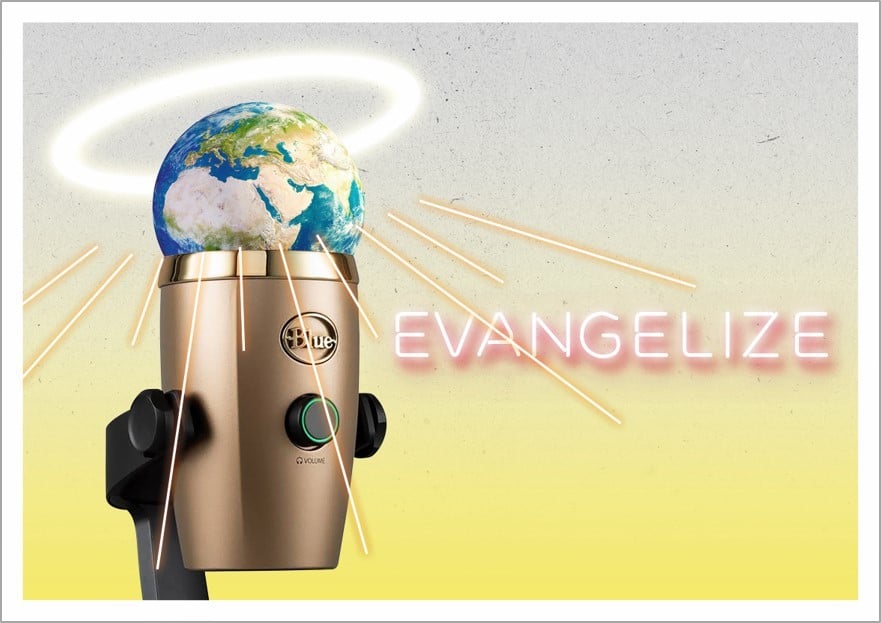
The NextGen aren’t purely expecting you to sell them something – they’re expecting you (your brand, at least) to help them create a better world. NextGen consumers are more than happy to get involved, but they expect the brand to make the first move. If you’re a brand custodian, this means reducing your waste, potentially becoming more environmentally-friendly. It means standing for something!
Of course, ‘standing for something’ can go awfully wrong, especially if your stance is not in line with your organizational DNA. This a surefire way to lose credibility (and maybe even market share). Brand custodians, your stance must be aligned to your brand image – Nike’s campaign featuring Colin Kaepernick is an excellent example of this. Yes, Nike’s stance led to protests at first but this stance is deeply interconnected with its DNA. That is how the campaign became infinitely more credible and ended up working wonderfully.
Do it the right way the first time. Don’t misuse or pollute a point of view, just to be part of the conversation. It’s the quickest way to never be spoken to again.
Humanize
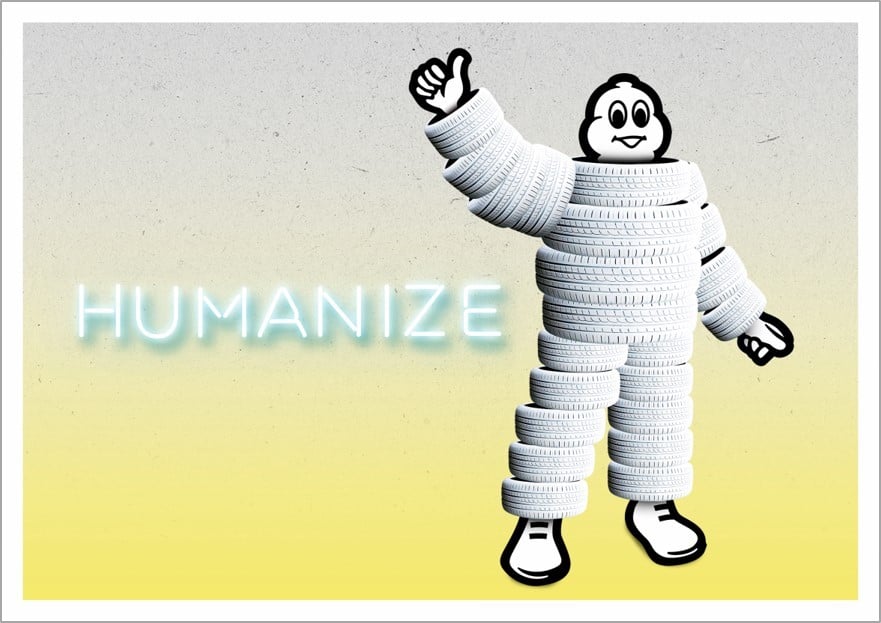
People don’t trust brands, they trust people. And if they say they ‘trust a brand’, it’s because of an exceedingly pleasant (and credible) interaction with a human representing that brand. For brands to be trusted, there needs to be a human component. It’s about creating more ‘touchability’ to build trust with consumers. People need a connection to another human. That doesn’t necessarily mean the CEO has to be on the front lines, fielding consumer queries daily. But you’ll be surprised how quickly you can build affection and credibility if you allow your consumers (especially NextGen) to engage with a human beyond the organizational firewall.
NextGen consumers (although, not exclusively) want to know who is making their products. They want to understand under which circumstances and conditions these products are being manufactured. They want to understand the true cost. Kettle Chips is using track-and-trace codes on every bag of chips so purchasers can see videos of the potato farmers growing the potatoes used. Having a human on the frontlines with whom these consumers can engage openly and honestly will increase your level of transparency and boost the consumer’s level of trust in you.
Fetishize
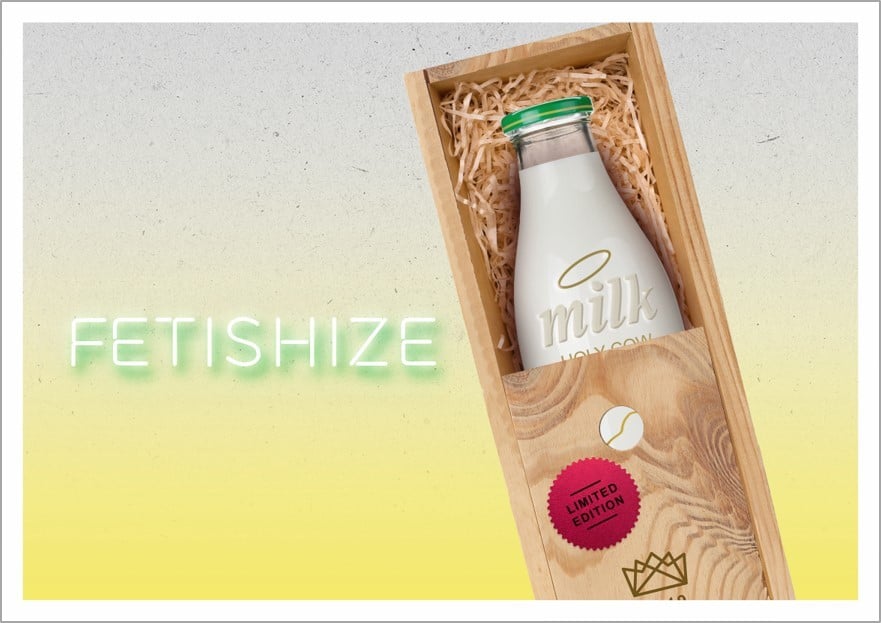
Yes, you read that right, but we don’t mean it like that! We mean making your products, services and/or solutions more special, more exclusive – new and on-trend. We’ve already established earlier that the NextGen has absolutely no issue paying a premium for exclusivity.
There are limited editions, limited collections; ‘limited’ anything is a very enticing hook. Exclusivity exponentially increases a thing’s coolness and greatly piques the younger generation’s interest. The NextGen are constantly searching for their own identity, all while being part of a group. For Generation X, it was the brand dictating what was cool and what wasn’t; and you bought your way into this exclusivity. Today, it is the consumer who creates their own style and combines different brands to create this. The brand no longer dictates it. It is more style-dictated or street-dictated, which is why brands are now appealing to influencers . It is the consumer who creates her/his own identity.
Just a few short decades ago, brands were the trendsetters – brands were projecting cool and aspirational messages and images in their ads; brands were setting the goals of what was or what wasn’t cool. Things have changed dramatically today. The NextGen has been bombarded with commercial messaging since birth – they’re immune to it. But it doesn’t stop there – our younger generation has grown up in times of fragile economies, environmental disaster, even political disaster – and these factors have molded the majority of the NextGen into down-to-earth realists. For brands to survive in this ever-bourgeoning landscape, they have to win the NextGen’s trust before they can even start thinking about having a conversation with them.
Total authenticity
Marketers hoping to capture the attention of the up-and-coming new consumer must personalize, ‘add’vize, evangelize, humanize and fetishize if they are to succeed. Yet this means absolutely nothing if not done with total, unadulterated authenticity. If your goal is to cajole or manipulate, you may as well give up now. Tomorrow’s consumer is too sophisticated; their entire lives they have been experiencing one form of chicanery or another. So they will see through your efforts and punish your brand as a result.
Eager for more NextGen insights? Get in touch with Joeri Van den Bergh, our NextGen expert and co-founder of InSites Consulting!



